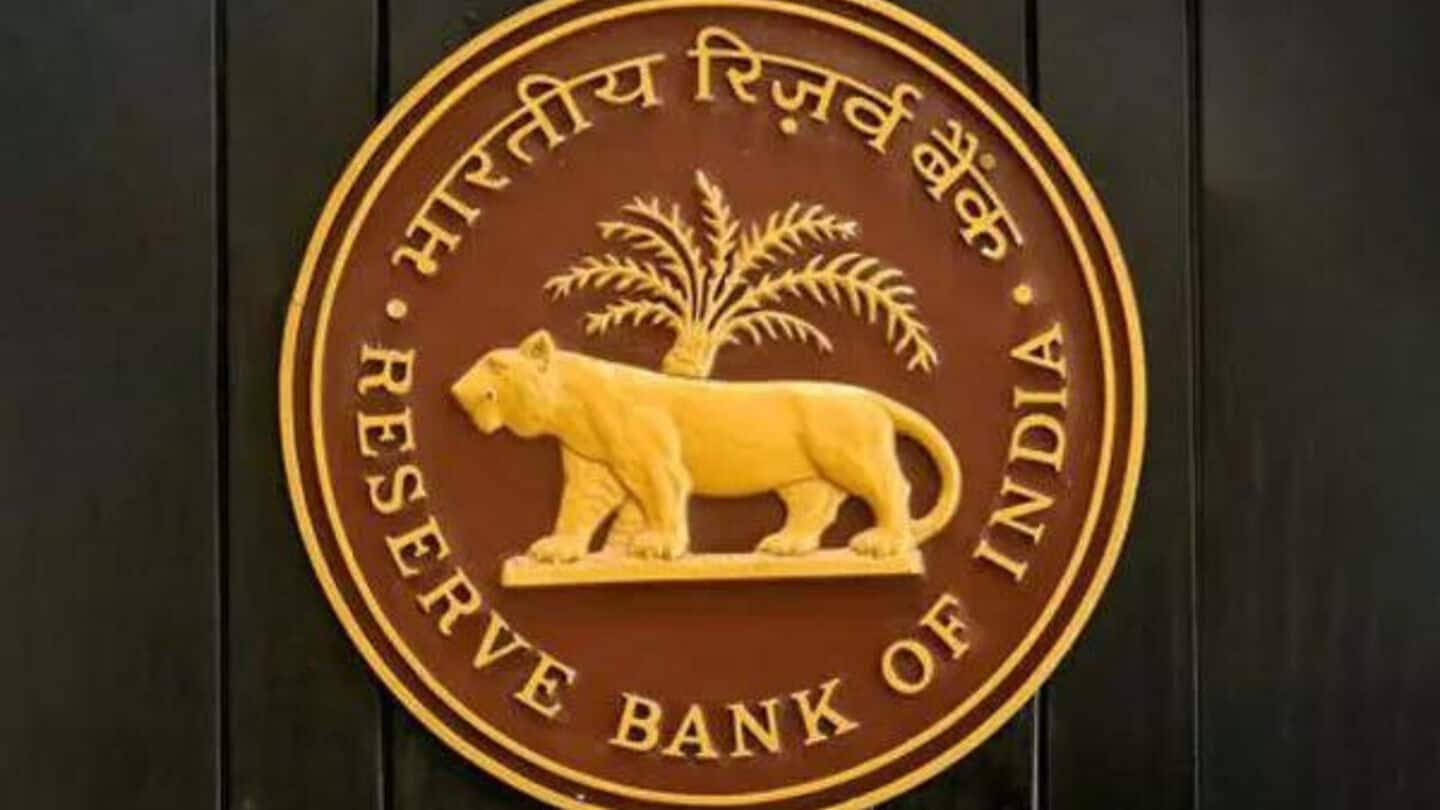**RBI Proposes Risk-Based Deposit Insurance Premium Structure for Banks**
*By Akash Pandey | Oct 01, 2025, 04:54 PM*
The Reserve Bank of India (RBI) has proposed a significant change to the deposit insurance premium structure for banks, shifting from the current flat-rate system to a risk-based model. This move aims to align India’s banking practices with international standards and promote stronger risk management within the sector.
**Current Premium Structure and Proposed Changes**
At present, all banks pay a uniform premium of 12 paise per ₹100 of deposits to the Deposit Insurance and Credit Guarantee Corporation (DICGC), irrespective of their financial health or risk profile. Under the new proposal, this flat rate would act as a ceiling, ensuring that no bank pays more than the current premium.
However, banks with stronger balance sheets and healthier financial indicators could benefit by paying lower premiums. This approach rewards sound financial management and incentivizes banks to maintain robust risk profiles.
**Linking Premiums to Financial Health**
The proposed risk-based premium structure will factor in critical indicators such as capital adequacy, asset quality, and governance standards. RBI Governor Sanjay Malhotra emphasized that this framework is designed to encourage sound risk management practices and increase accountability among banks.
By tying premiums to financial health, the RBI expects to foster greater market discipline and reduce the systemic risks posed by weaker banks.
**No Change in Insurance Coverage Limit**
It is important to note that this proposal does not affect the existing deposit insurance coverage. Depositors continue to enjoy protection up to ₹5 lakh per depositor, per bank— a limit that was raised from ₹1 lakh in 2020 following several bank failures that undermined depositor confidence.
The coverage includes both principal and accrued interest.
**Context of Wider Banking Sector Reforms**
The RBI’s premium restructuring is part of broader reforms aimed at strengthening India’s banking sector resilience. These reforms include implementing expected credit loss provisioning, introducing Basel III capital norms starting 2027, and enforcing stricter governance requirements under the amended banking laws.
Alongside these regulatory measures, the RBI recently maintained the repo rate unchanged for the second consecutive meeting and signaled a neutral stance on future monetary policy moves.
**Conclusion**
By transitioning to a risk-based deposit insurance premium framework, the RBI is incentivizing healthier banking practices and aligning India’s financial system with global best practices, all while ensuring continued protection for depositors.
—
*Stay updated with the latest developments in India’s banking sector by following our coverage.*
https://www.newsbytesapp.com/news/business/rbi-to-introduce-risk-based-deposit-insurance-premium/story
